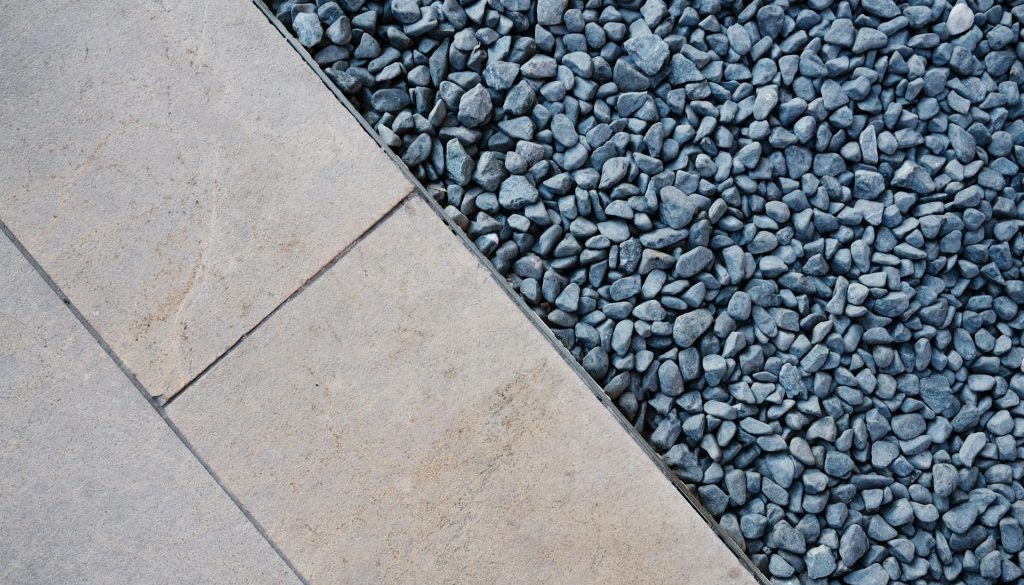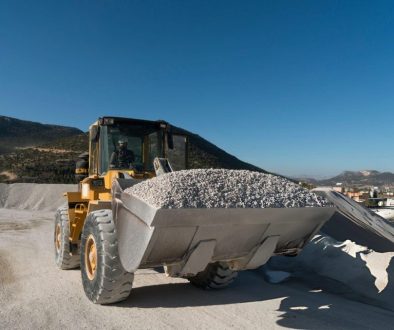When it comes to constructing pathways, the materials you choose make all the difference. Aggregates play a central role in creating pathways that last and look great. Optimising these materials isn’t just a fancy technique; it’s about ensuring the pathways are both strong and pleasing to the eye. By using the right methods and materials, you can create paths that stand up to time and weather.
Choosing the right type of aggregate affects not just the look of your path but its strength too. Think of it as picking the right ingredients for a recipe. You need to consider factors like how each type of aggregate looks and its durability under foot traffic and weather conditions. With a little knowledge on how to match the right materials to your specific needs, creating a beautiful and functional pathway becomes much simpler.
Choosing the Right Aggregates
One of the first steps in pathway construction is selecting the appropriate aggregate. Different types of aggregates offer unique benefits, from appearance to resilience. It’s critical to consider both what they’ll look like and how they’ll perform over time.
Here are a few popular choices:
– Gravel: Great for its natural look and drainage capability. It’s affordable and easy to install, making it a favourite for many.
– Crushed Stone: Offers a more uniform and polished appearance. It’s often chosen for its durability.
– Pea Shingle: Known for its smooth, round texture, pea shingle excels where aesthetic matters most, albeit being less sturdy under heavy loads.
When deciding, think about the overall design you want. Gravel, for instance, is ideal for those seeking a rustic feel, while crushed stone suits more formal settings. Durability matters too; paths subject to heavy use need tougher aggregates like crushed stone that resist wear and tear. Always ensure the material you choose aligns with the specific needs of your project, balancing looks and longevity.
Preparing the Base
Setting up a path isn’t merely about tossing down some stones. Preparing the base sets the stage for a pathway that’s both smooth and solid. A strong base is like a good foundation for a house; it prevents sinking and uneven surfaces over time.
To prepare a pathway base properly, here are the steps to follow:
1. Clear the area: Remove grass, roots, and any debris from the path’s designated area.
2. Excavate the pathway: Dig down to a depth that’s suitable for your chosen aggregate. Usually, a few inches deep is optimal.
3. Lay landscape fabric: This step is crucial as it prevents weeds from poking through and improves drainage.
4. Add a base layer: Use coarse aggregates to form a stable foundation. Layer this about 10-12 cm thick and compact it tightly.
5. Level the base: Ensure the surface is even. Use a screed board or rake to spread the material uniformly.
A well-prepared base makes all the difference. It not only enhances the structural integrity of the path but also ensures that the pathway stays level and looks pristine for years. By taking these steps, you’re ensuring a solid foundation that will serve as a dependable path in all kinds of weather conditions.
Proper Installation Techniques
Once you’ve prepared the base, it’s time to focus on laying and compacting the aggregates. A well-installed path leads to a long-lasting and attractive result. Here’s how to make sure everything is laid correctly:
– Spread the Aggregate Evenly: Pour the aggregate over the compacted base. Use a shovel or a rake to spread it evenly across the path. Aim for a layer about 5 cm thick initially, as this allows for a solid, yet flexible, path.
– Compact Thoroughly: After spreading, compact the aggregate using a tamper or a roller. Proper compaction gets rid of air pockets, which could cause sinking later on. Compacting also makes the path nice and even.
– Add Layers: If you need more thickness, add another layer of aggregate, spreading and compacting it just like the first. This two-layer approach ensures your pathway will handle traffic without losing its form.
For a smooth and appealing finish, adjust any low or high spots with a final light compaction. Keep in mind that an even surface not only looks good but also ensures safety for those walking on it.
Maintenance and Longevity
Creating a pathway doesn’t end with installation; regular maintenance is key to keeping it in top shape. With simple upkeep, you can ensure your pathway remains stable and attractive for years.
Here are some tips to maintain your pathway:
– Regular Cleaning: Sweep away leaves, dirt, and debris regularly to prevent stains and compaction issues.
– Check for Erosion: After heavy rain, inspect your path for signs of erosion or water pooling. Address any issues promptly to avoid damage.
– Replenish Aggregate: Over time, you might notice thin spots in the aggregate. Adding a fresh layer keeps the path looking full and even.
Think of maintenance as a way to safeguard your investment. A bit of attention every now and then can prevent bigger problems down the road, keeping your pathway functional and looking great.
Expert Help for Optimal Results
Pathway construction, while rewarding, can also be complex. For the best results, you might consider professional help. Specialists in skip services and aggregate supply have the expertise and tools to ensure that every step of the pathway process goes smoothly.
Professionals can assist with:
– Choosing the Right Materials: With a variety of aggregate options, selecting the right one for your conditions and style can be tricky. Experts can guide you based on experience and local knowledge.
– Efficient Installation: By using the right equipment and techniques, pros can lay and compact your pathway quickly and effectively.
– Ongoing Maintenance: Access to professional maintenance can simplify the upkeep process so you can enjoy your pathway without the hassle.
In conclusion, putting together a pathway with the best materials and techniques is worthwhile. By understanding and applying effective strategies, you create a path that not only stands the test of time but also enhances your surroundings. Take the next step in your project by considering professional guidance to make the process even smoother and more efficient.
If you are planning a pathway project in Whitchurch and want to manage waste without any hassle, Enviro Skip Hire can help make the process easier. To keep your site clean and your project running smoothly, explore our reliable options to hire a skip in Whitchurch.




